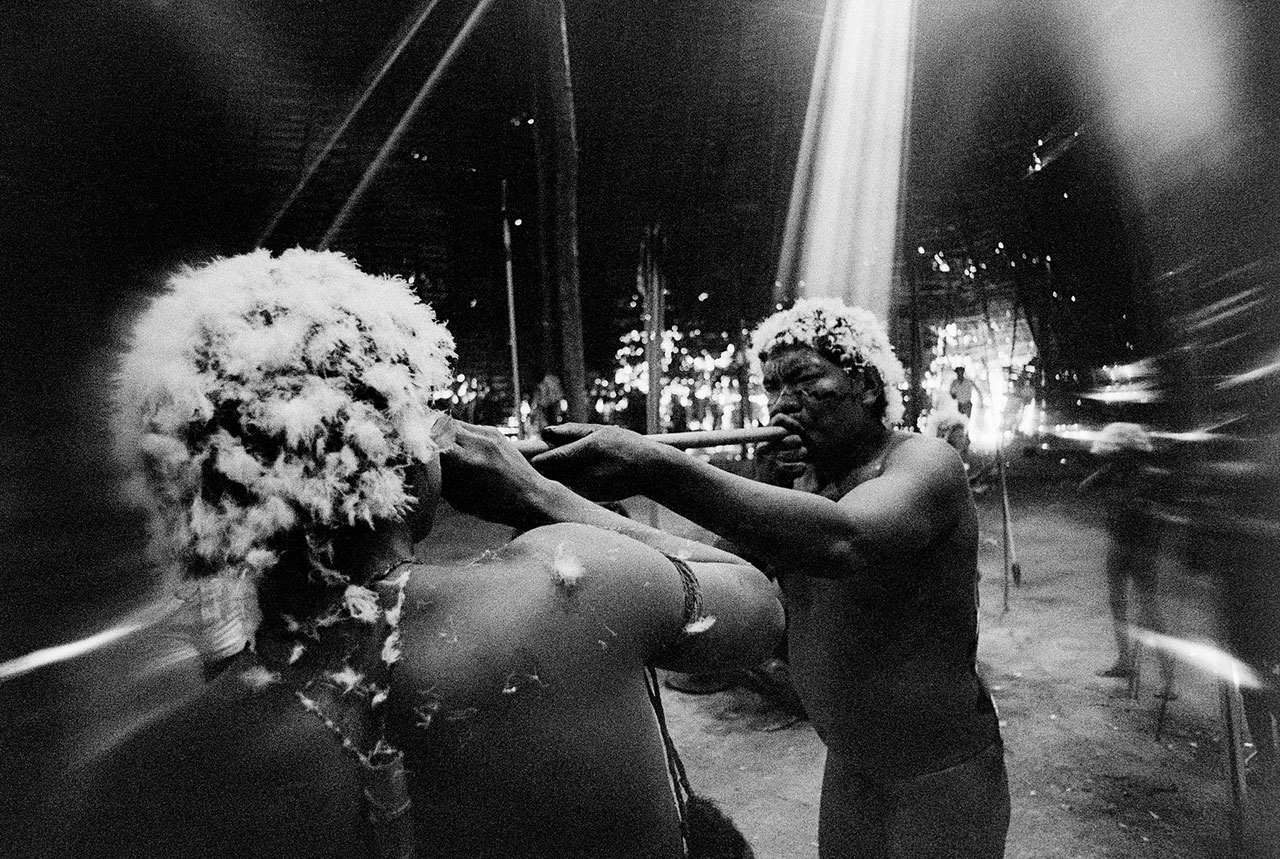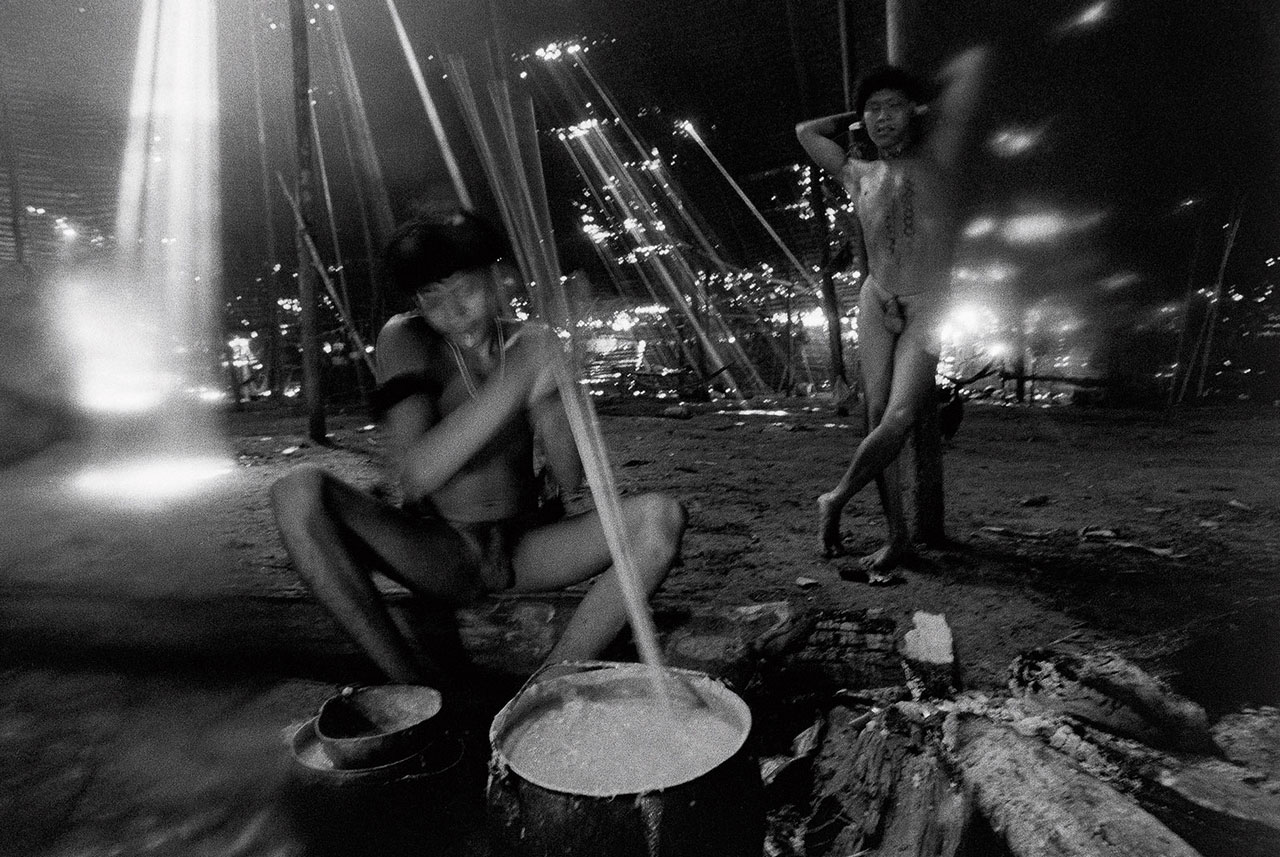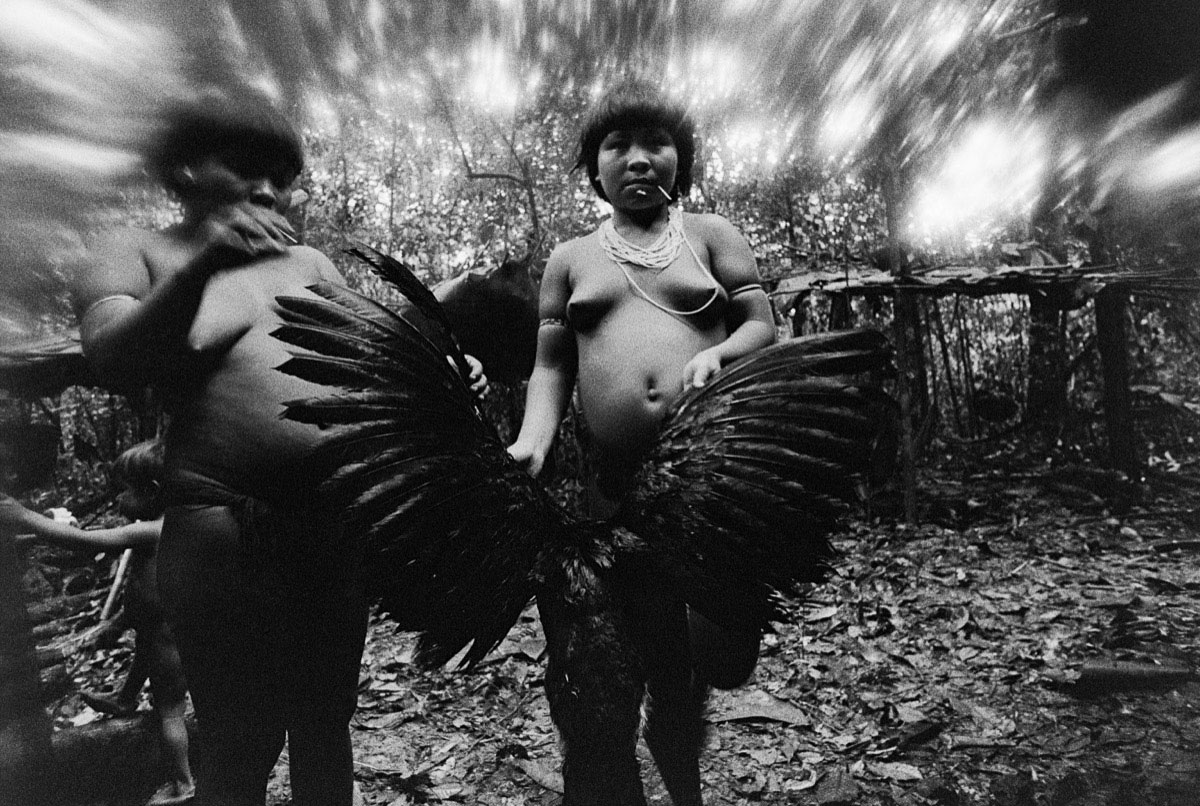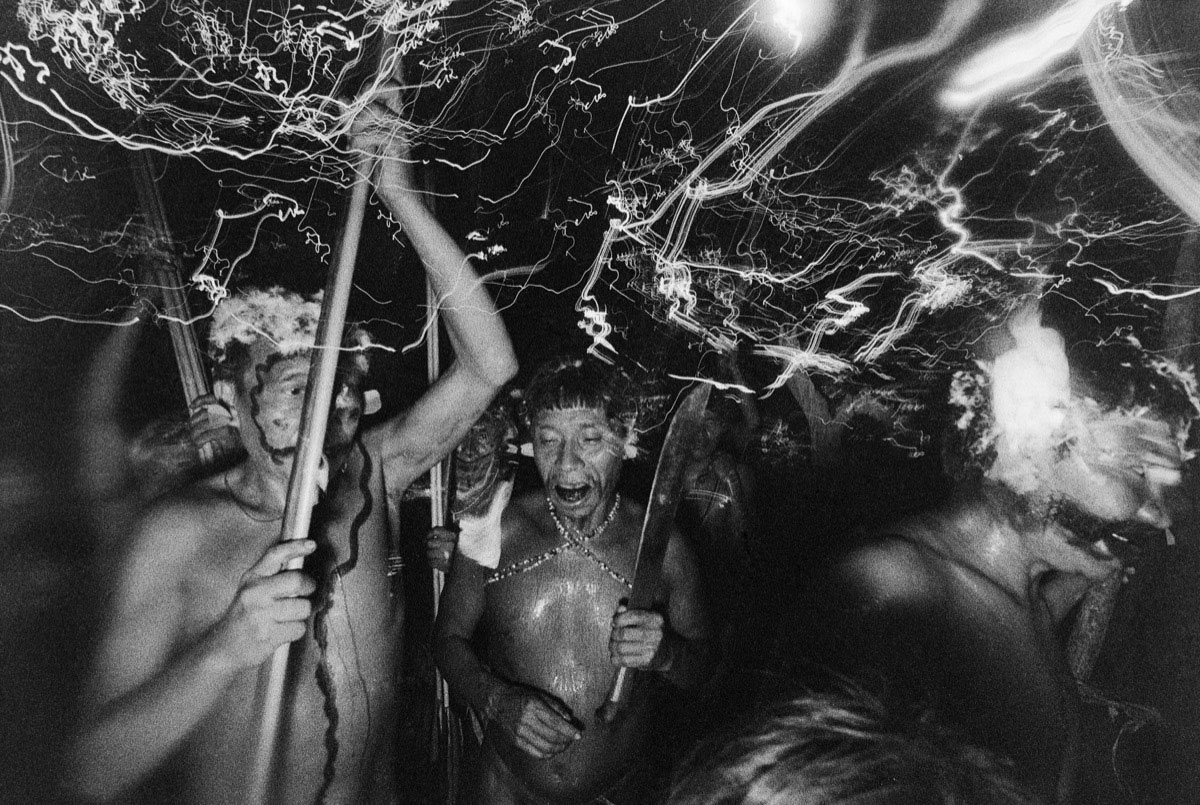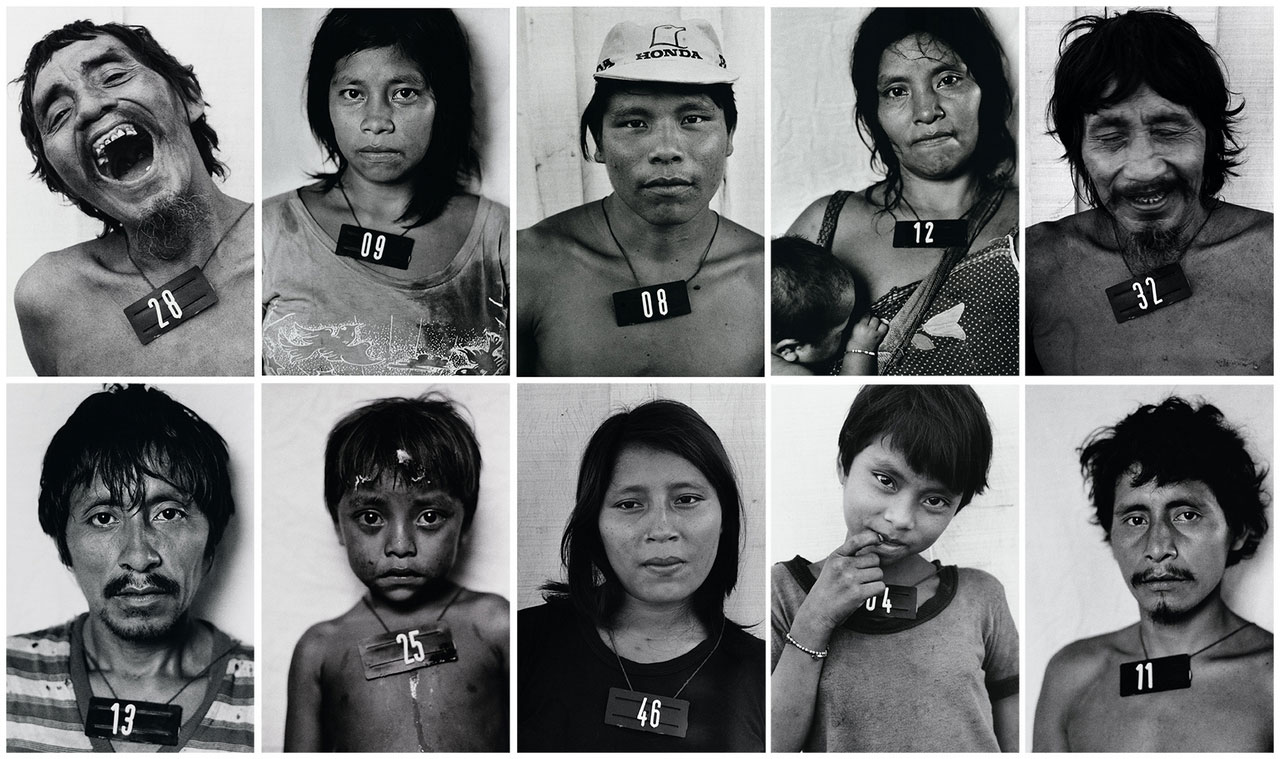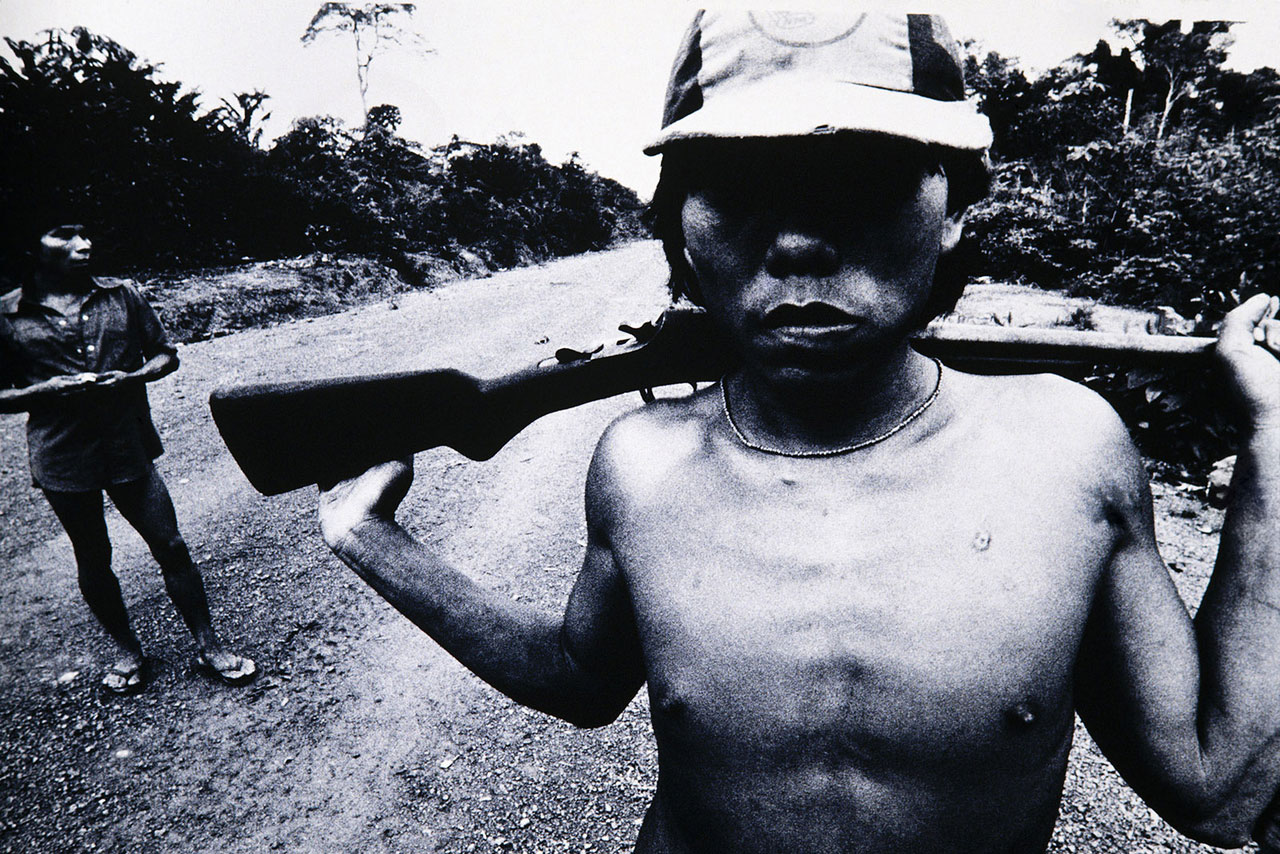PHOTO:Claudia Andujar-The Yanomami Struggle, Part II
 Bringing together over three hundred photographs, her audiovisual installation as well as a series of Yanomami drawings, the exhibition “The Yanomami Struggle”, explores Claudia Andujar’s extraordinary contribution to photography as well as her major role as a human rights activist in the defence of the Yanomami. It is divided into two sections reflecting the dual nature of a career committed to both art and activism.
Bringing together over three hundred photographs, her audiovisual installation as well as a series of Yanomami drawings, the exhibition “The Yanomami Struggle”, explores Claudia Andujar’s extraordinary contribution to photography as well as her major role as a human rights activist in the defence of the Yanomami. It is divided into two sections reflecting the dual nature of a career committed to both art and activism.
By Efi Michalarou
Photo: Fondation Cartier Archive
The first section of “The Yanomami Struggle”, presents the photographs from her first seven years living with the Yanomami, showing how she grappled with the challenges of visually interpreting a complex culture. The second features the work she produced during her period of activism, when she began to use her photography as a tool among others for political change. Claudia Andujar was born in Neuchâtel, Switzerland, in 1931, and spent her childhood in Romania and Hungary. During World War II, at the age of thirteen, she escaped from Hungary to Austria with her Swiss-born mother. Her father, a Hungarian Jew, was deported to the Nazi concentration camp at Dachau and later died there along with most of her paternal relatives. After a brief period of time in AustriaAndujar returned to Switzerland, and later immigrated to the United States. In the U.S., she studied humanities at Hunter College in New York City. In 1956, she left the United States and moved to Brazil. A photography project documenting the way of life of the Carajá Indians in Central Brazil led Andujar to a career in photojournalism. Her work has been published in Life, Look, Fortune, Aperture, Realidde, Setenta, Claudia, and other magazines. Claudia Andujar first met the Yanomami in 1971 while working on an article about the Amazon for Realidade magazine. Fascinated by the culture of this isolated community, she decided to embark on an in-depth photographic essay on their daily life after receiving a Guggenheim fellowship to support the project. From the very beginning, her approach differed greatly from the straightforward documentary style of her contemporaries. The photographs she made during this period show how she experimented with a variety of photographic techniques in an attempt to visually translate the shamanic culture of the Yanomami. Applying Vaseline to the lens of her camera, using flash devices, oil lamps, and infrared film, she created visual distortions, streaks of light, and saturated colors, imbuing her images with a feeling of the otherworldly. Claudia Andujar also developed a series of sober black & white portraits that capture the grace and dignity of the Yanomami. Focusing closely on faces and body fragments, she tightly frames her images, using a dramatic chiaroscuro to create a feeling of intimacy and draw attention to individual psychological states. Alongside the many photographs taken during this period, the exhibition will also present a selection of Yanomami drawings. After years photographing the Yanomami herself, Claudia Andujar felt it was important to provide them with the opportunity to represent their own conceptions of nature and the universe. She thus initiated a drawing project, equipping members of the community with markers and paper. A selection of these drawings representing Yanomami myths, rituals, and shamanic visions are presented in the exhibition. By the late 1970s, Claudia Andujar had reached a turning point in her career. The construction of a transcontinental highway in the Amazon, initiated by Brazil’s military government, opened up the region to deforestation as well as invasive agricultural programs, bringing epidemics to the Yanomami and leading to the annihilation of entire communities. This situation reminded her of the genocide in Europe, and its impact on her was such that she decided to deepen her commitment to the Yanomami struggle. In 1978 she founded, with the missionary Carlo Zacquini and the anthropologist Bruce Albert, the Commissão Pro-Yanomani (CCPY) and began a 14-year-long campaign to designate their homeland. At this point in her career photography, she put her artistic project aside and used photography primarily as a means to raise awareness and support her cause. In the early 1980s, Claudia Andujar took a series of black-and-white portraits of the Yanomami as part of a vaccination campaign. They are wearing numbered labels to help identify them for their medical records. The artist was struck by how these labels recalled the numerical tattoos of those ‘branded for death’ during the Holocaust. She later revisited these portraits and created the Marcados series, which reveal the ambiguity inherent in this act of labelling even if it is ultimately for their survival. In the exhibition, we will present previously unseen photographs from this series. One of the other major works presented in this section is “Genocide of the Yanomami: Death of Brazil” (1989/2018). This audiovisual installation, which has been recreated specifically for the exhibition, was originally made in reaction to the decrees signed in 1989, which broke up Yanomami territory in nineteen separate reservations. Produced with photos from Claudia Andujar’s archive, re-photographed using lights and filters, the projection leads the visitor from a world of harmony to one devastated by the progress of Western civilization. A soundtrack composed by Marlui Miranda combining Yanomami chants and experimental music accompanies this installation. In 1992, following the campaign led by Claudia Andujar, Carlo Zacquini, Bruce Albert, and the Yanomami shaman and spokesman, Davi Kopenawa, the Brazilian government agreed to legally demarcate Yanomami territory. Recognized on the eve of the UN Conference on Environment and Development, this territory is still threatened by illegal mining and logging. The work of Claudia Andujar provides both an unparalleled glimpse into the complex cosmological worldview of the Yanomami and a powerful political indictment of the violence perpetrated against them.
Info: Curator: Thyago Nogueira, Assistant Curator: Valentina Tong, The Fondation Cartier pour l’art contemporain, 261 Boulevard Raspail, Paris, Duration: 30/1-10/5/20, Days & Hours: Tue 11:00-22:00, Wed-Sun 11:00-20:00, www.fondationcartier.com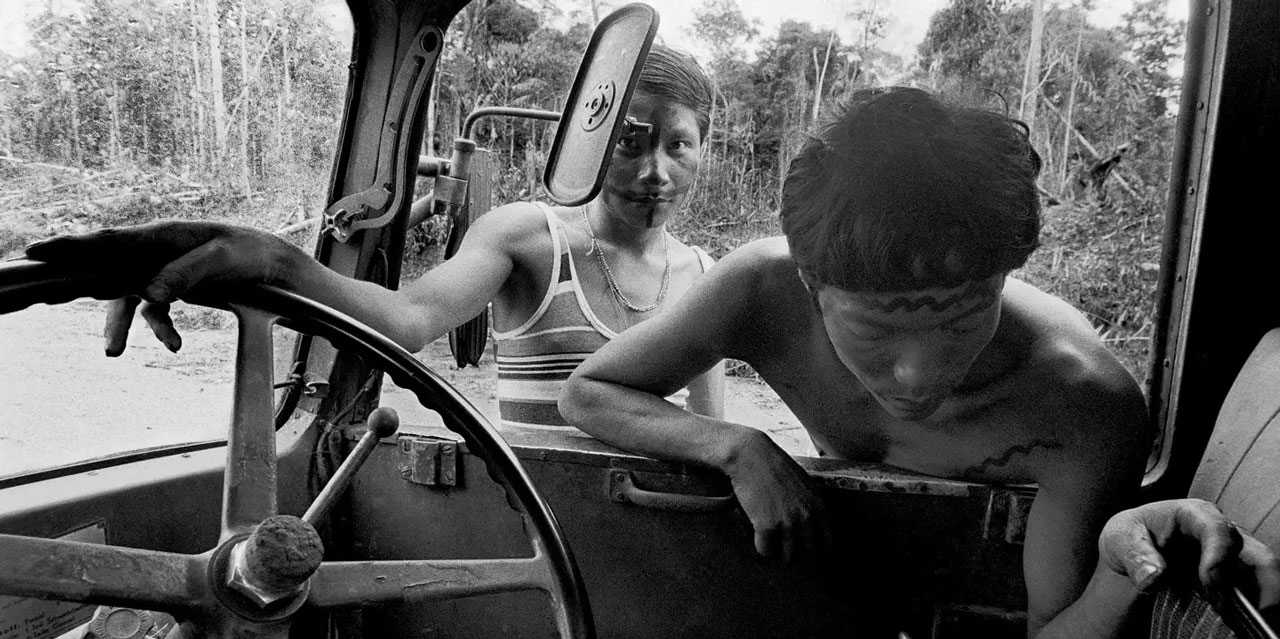
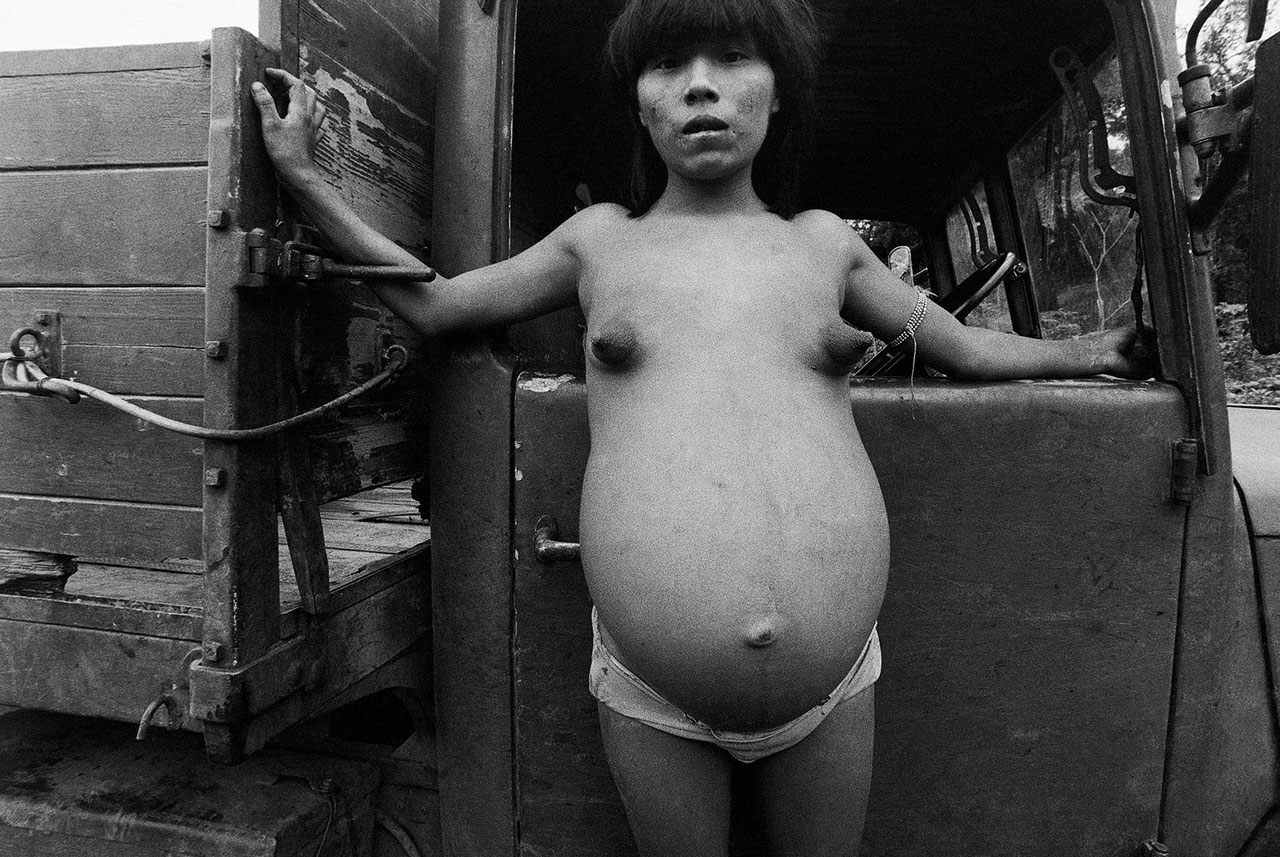
![]()
![]()
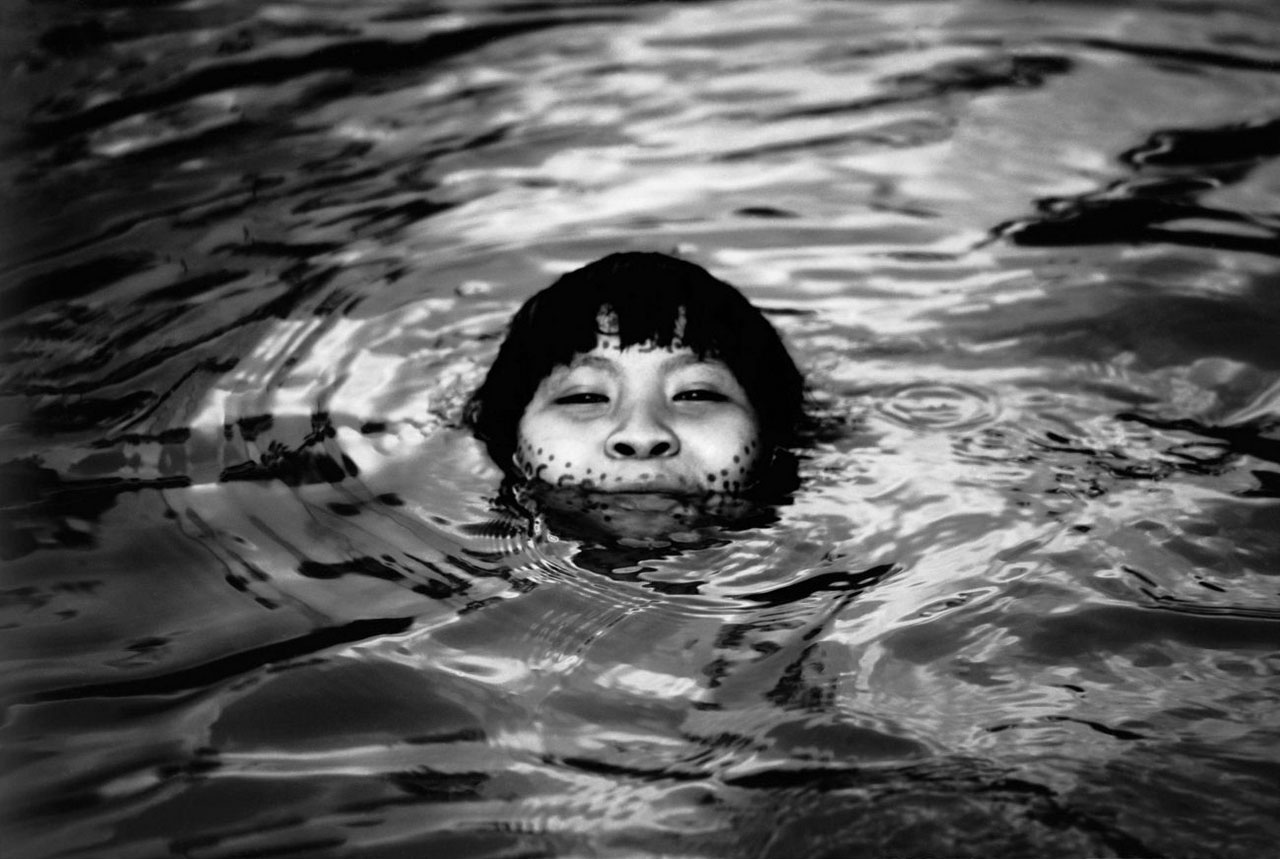
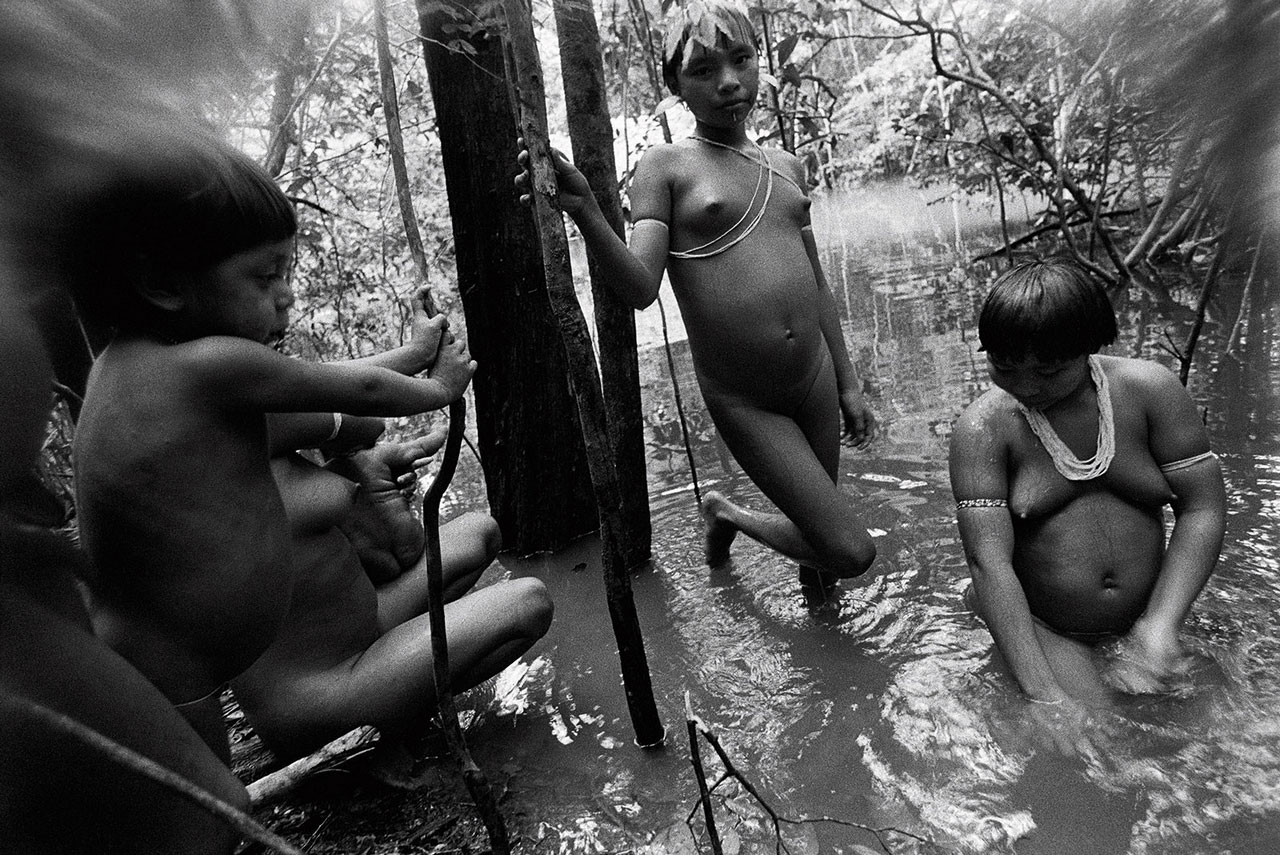
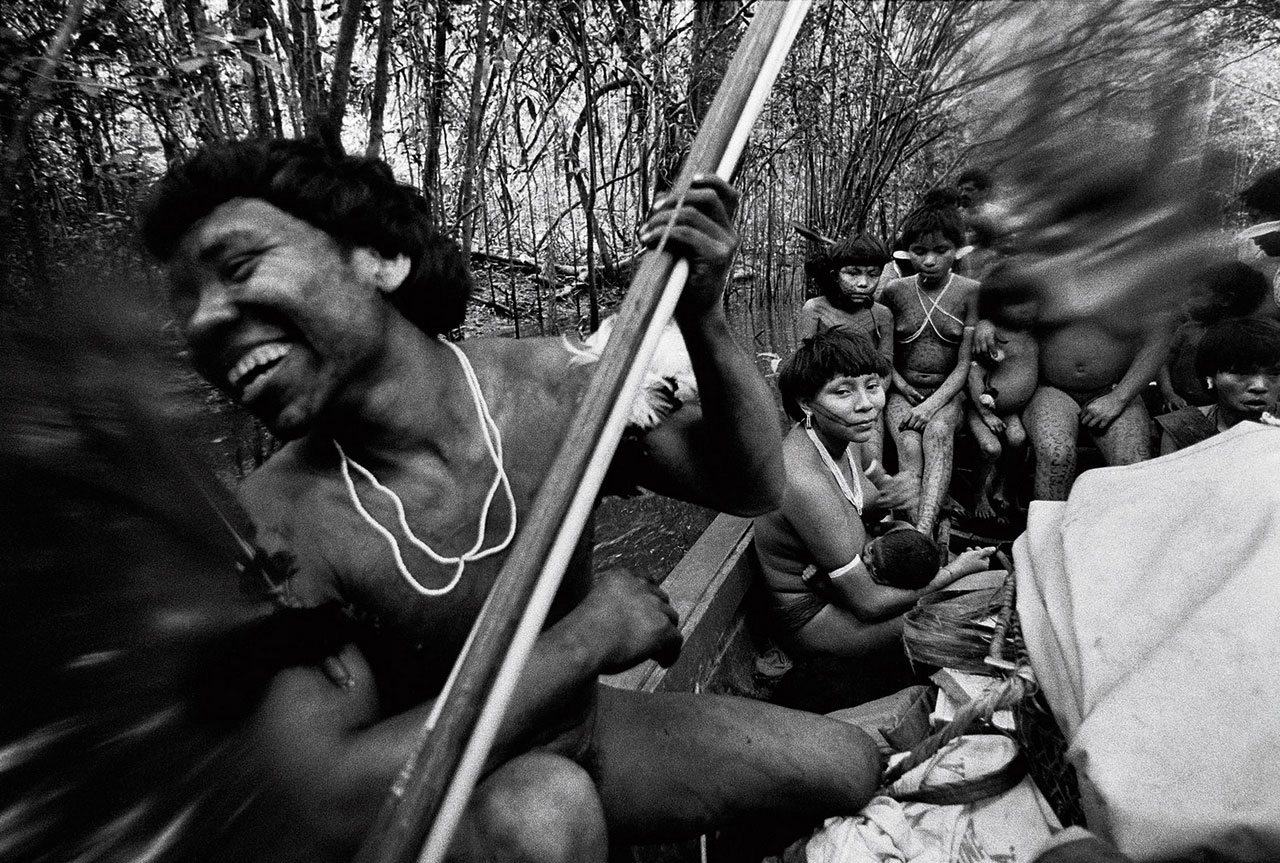
![]()
